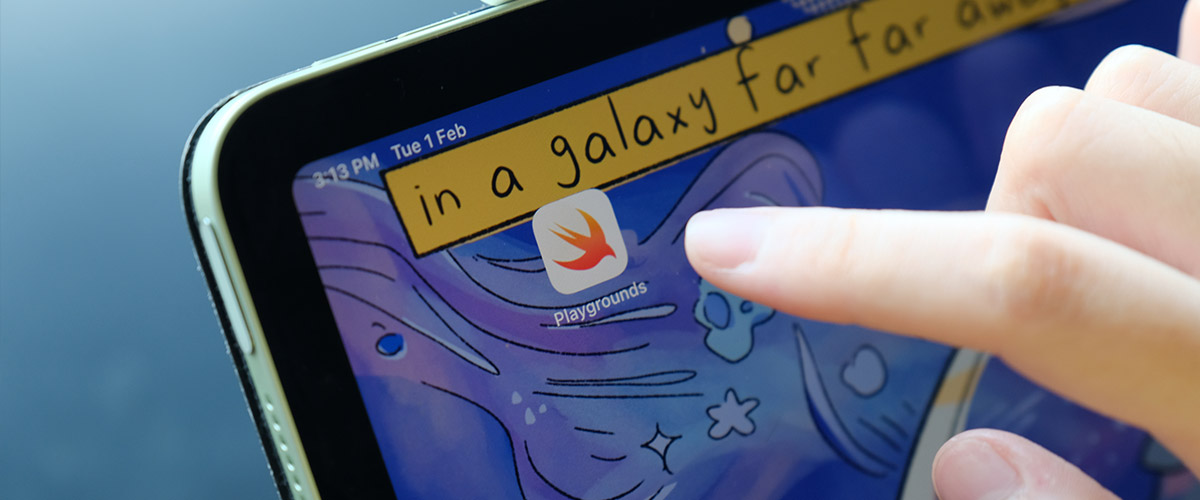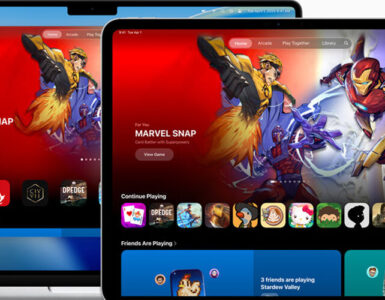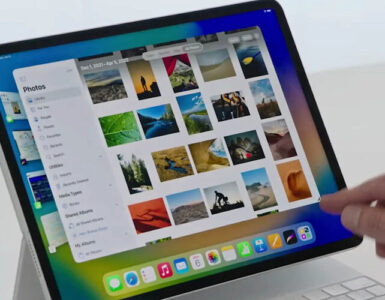When it comes to programming languages, Swift hardly comes to the top of anyone’s mind. However, the programming language, which first hit the scene in 2014, is Apple’s replacement of their earlier programming language, Objective-C, and has been around for some time now.
And while it might not be in the mainstream consciousness compared to Apple’s other products, the company has been making slow and steady steps to address that.
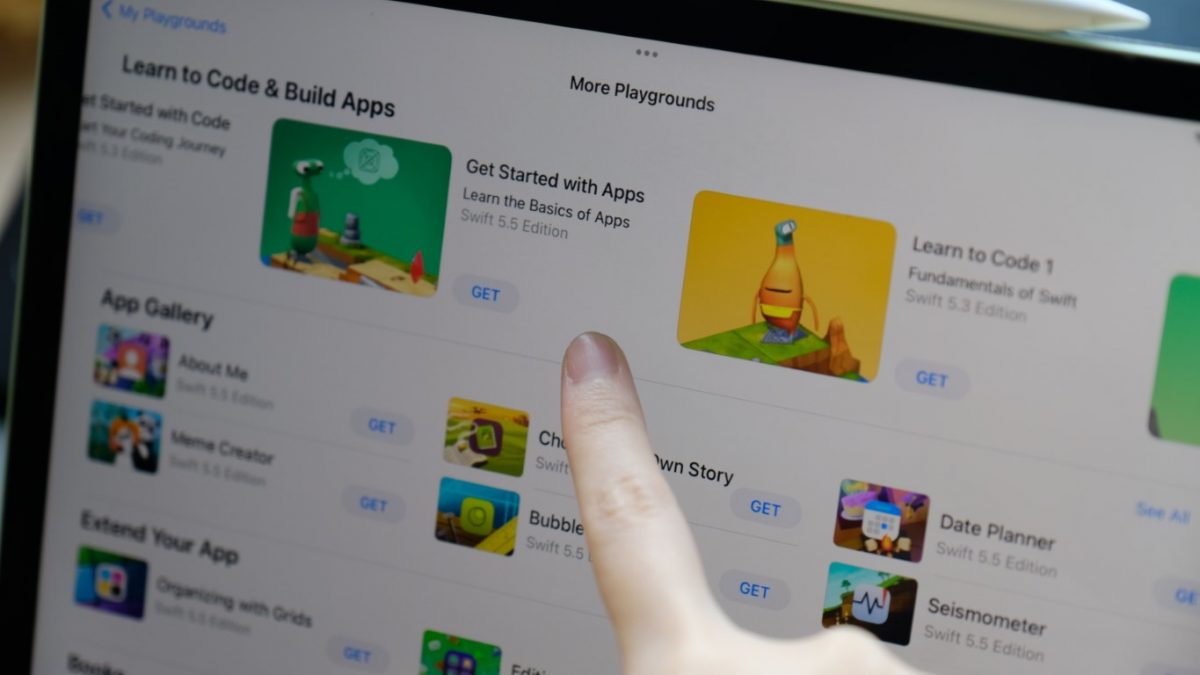
For those starting out, Swift is a language associated with the C-family, in which they share similar rules of syntax and semantics. It’s a language in itself and as programming languages go, anyone would need to put in the hours of practice to get it right. Thus, for most folks who want to get into it, finding the right guide or tutor might be the important first step, and while there is YouTube, it can all look like Greek to the first time user, and this is the experience that Apple is looking to address with their Swift Playgrounds application.
Available free on iPadOS and MacOS, Playgrounds is best experienced on a device with a keyboard because, at some point, you’re gonna be typing quite a fair bit as with anything coding related.
Instead of simply starting off with endless lines of “Hello World”, Swift Playgrounds has users building out simple apps or profile pages right from the get-go. The moment a user enters the app, they’re greeted with a few pathways to discover in order to inspire users and give them a sense of accomplishment to create a positive feedback loop.

One of the first few steps upon entering the Playgrounds is that users are greeted with a myriad of options, but the app directs them to attempt “Get Started With Code ” as the first step. Unfortunately, there’s still a fair amount of reading to overcome, which is something that is required to learn across the coding tutorials in the market.
However, the difference here is that Apple is able to handhold users through the process, especially if they’ve made a mistake without giving the answer right away. And it does help that the programming process in the form of a WYSIWYG (What you see is what you get), so that users are able to get immediate feedback if they have made any error at any point in time.
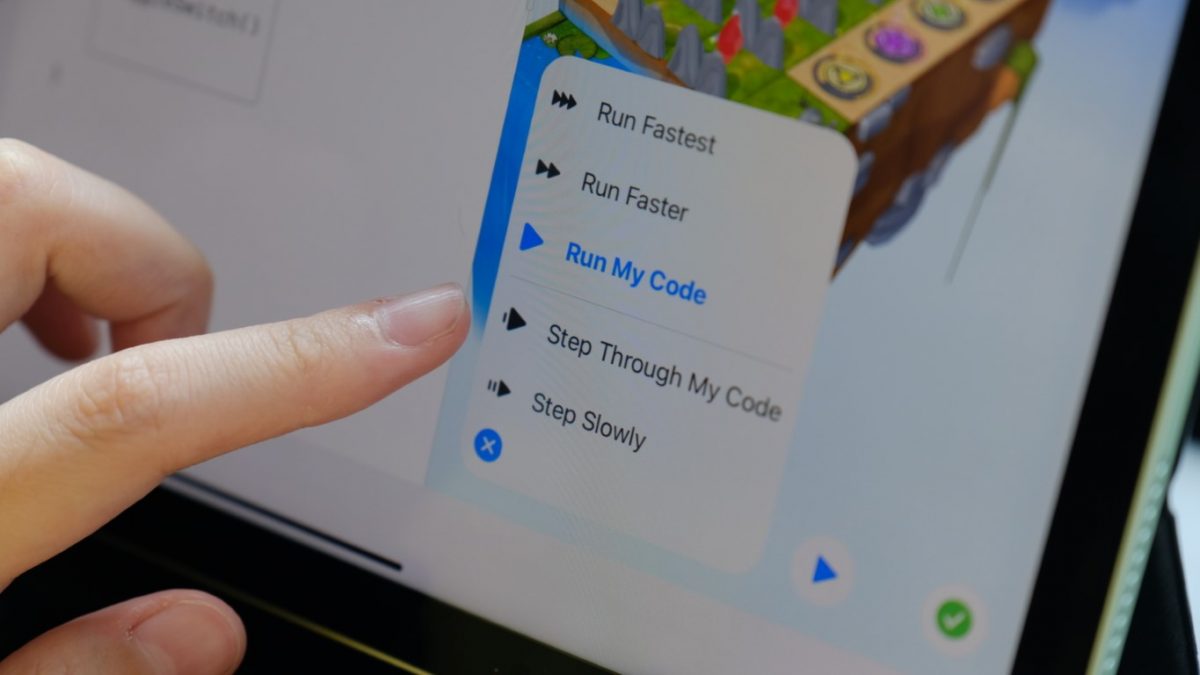
The app even walks you through each line of code and has it react immediately to any action on screen.
And in true Apple fashion, users are given a host of codes at the bottom to key in. No typing is required, all you’d need to do is press the right sequence of code to start “programming”
While it might not be the most ideal approach to some, the objective here is not to paralyze a user right from the beginning. Instead of throwing you with a whole library of terms, users will be handheld from start to finish.
But is this really the best way to learn to code? After going through the tutorials, it’s certainly one of the easier ways to learn a programming language, especially if you never had any formal training, and more so if any of you have simply dropped out of free online courses after hitting a roadblock, or finding the lack of support when it comes to troubleshooting.
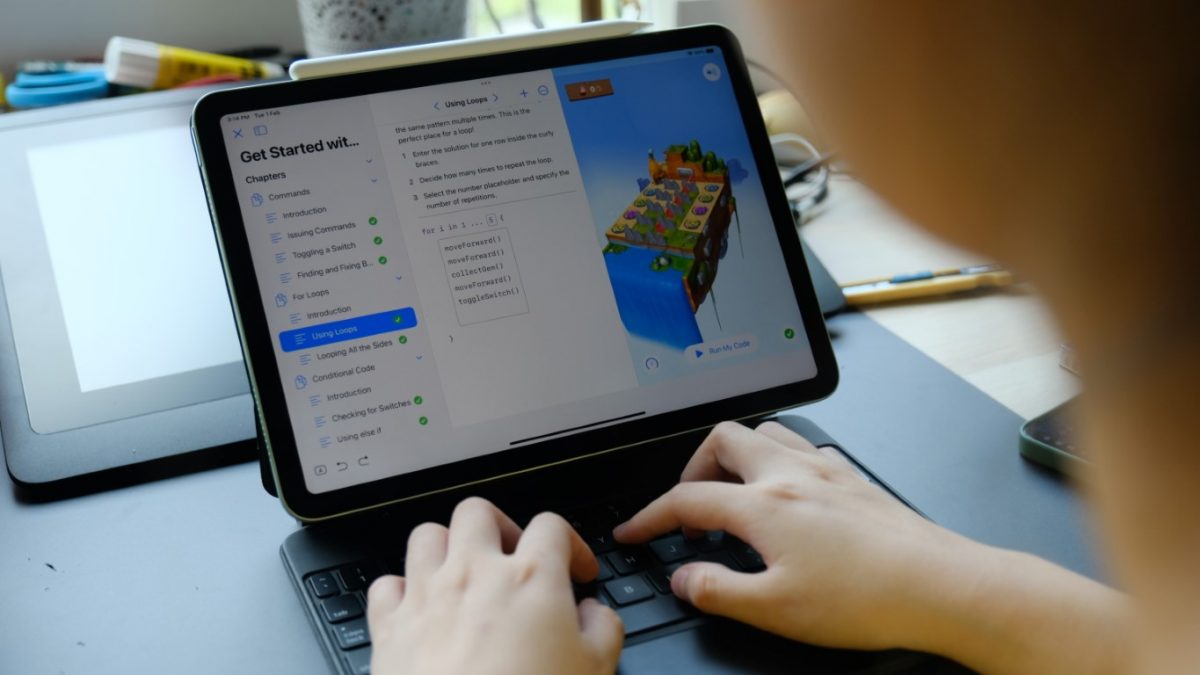
With Swift Playgrounds, Apple has made it such that there is an objective at the end of each tutorial so it’s encouraging for a user to persist and make it to the end goal. Perhaps Apple has figured out this is how the rest of the population learn coding best or make an attempt to, and they are simply putting to work the best user experience they can provide in making the activity fun.
At the end of the day, what’s in it for Apple? Our guess is that with the world becoming even more digitally savvy, being able to get the user right from the start is Apple’s mission. And if Swift is the first language they pick up, that is a success metric Apple will want to use to their advantage. Similar to how the English language is used for scientific journals and academia, the more widely used a language, the more entrenched one finds themselves in an ecosystem – just the way Apple likes it.
For the most part, Playgrounds is a nice way to get your feet wet with a programming language and Apple goes one step further in creating a context for one to get started. If creating a game is too amateur for one’s liking, there’s another track that allows a user to start building an app from scratch. It’s not exactly the most straightforward and visually engaging path, which does illustrate that Apple is still working out how best to educate everyone on the intricacies of coding in Swift.
However, it seems that they have a small structured syllabus available once you’ve completed the initial tutorials. So, if you’re like me and have repeatedly restarted learning coding, perhaps Swift Playgrounds might be the next best way to start and stick to the programme.
Gerald currently straddles between his love of video games and board gaming. There’s nothing that interests him more than trying out the newest and fanciest gadget in town as well. He dreams of publishing a board game sometime in the future!

